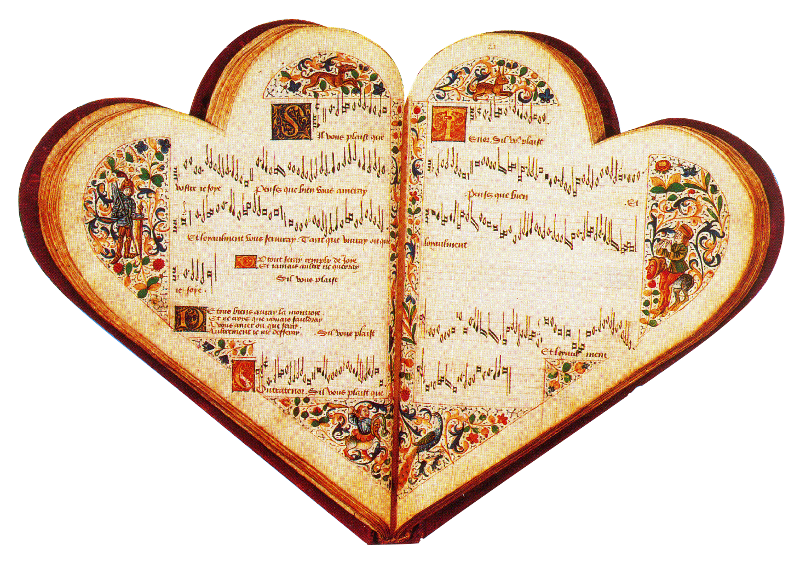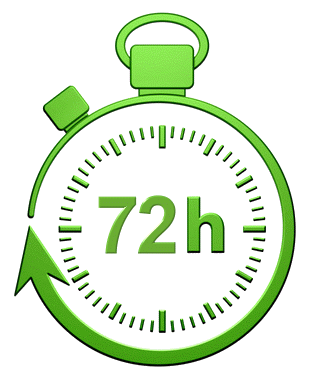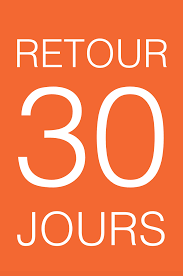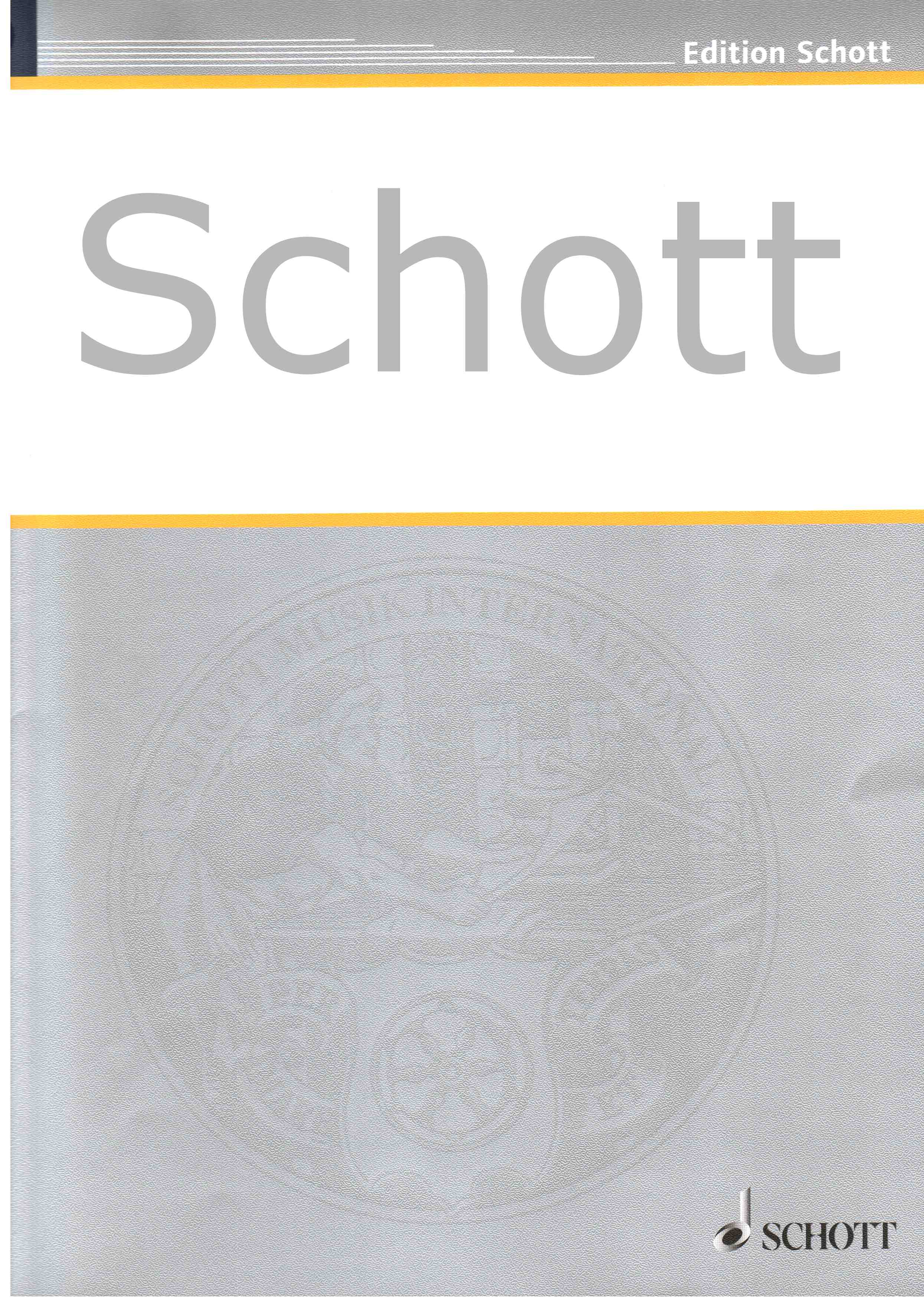35 Compositions HENRY VIII
Piano Classique
Description :
Thirty-Five Compositions By King Henry VIII is a unique collection, containing King Henry VIII’s complete secular works. These works consist of part-songs and instrumental consorts, and have been transcribed and edited by John Stevens. The collection is a mixture of instrumental pieces and pieces for vocal ensemble, mostly in three parts, with about half-a-dozen in four. Seventeen of the pieces are instrumental, though it is perfectly possible (and historically accurate) to play the vocal pieces on instruments if preferred. In the instrumental pieces no instruments are stipulated. The top staff is treble, the second is written in the trebleclef but sounds an octave lower, as for vocal tenor, and the lowest line is a for a bass clef melody instrument. Either flute or recorder would work well for the top line in most of these pieces, which usually go no lower than around middle C. The bassoon could play either the second or third line. And the line left over could be played on keyboard. This is not harmonic music however. There are no chords, nor would it be easy of idiomatic for the keyboard player to vamp or otherwise extemporise harmonies. The pieces are printed in score, so two players might share one copy, but two copies would be ideal if the keyboard player is also taking part, and three of course if the players want to practise separately.
Contenu
1. Adieu Madame Et Ma Maistresse
2. Alack, Alack What Shall I Do
3. Alas, What Shall I Do
4. Consort II
5. Consort III
6. Consort IV
7. Consort V
8. Consort VIII
9. Consort XII
10. Consort XIII
11. Consort XIV
12. Consort XV
13. Consort XVI
14. Consort XXII
15. Consort XXIII
16. Departure Is My Chief Pain
17. En Vray Amoure
18. Gentil Prince De Renom
19. Green Groweth The Holly
20. Helas madame
21. If Love Now Reigned (I)
22. If Love Now Reigned (II)
23. It Is To Me A Right Great Joy
24. Lusty Youth Should Us Ensue
25. O My Heart
26. Pastime with good company
27. Pastime With Good Company (Henry Viii)
28. Taunder Naken
29. The Time Of Youth
30. Though Some Saith
31. Though That Men Do Call
32. Whereto Should I Express
33. Whoso That Will All Feats
34. Whoso That Will For Grace Sue
35. Without Dischord











